The location of Italy’s true geographic center has obsessed writers since Roman times. Marcus Terrentius Varro (who was born in Rieti, then known as Reatae) claimed that his home region was Italy’s ombelicus (navel).
Initially, the site was believed to be the nearby Lake of Paterno, sacred to the ancient Sabine people, which Pliny also cites in his Natural History: “in the region of Rieti, the lake of Cotilia [another name for the same lake], where an island floats, is the centre of Italy, as Varro states.”
However, scholars have, since Roman times, hinted that the term ombelicus or umbilicus is not to be intended to be the literal geographic center of the country, but rather a symbolic, spiritual one, not unlike Delphi, which was believed to be the center, or omphalos, of the Greek world.
The tradition was rediscovered during the Renaissance, with more geographic overtones: Rieti was believed to be equidistant from the seas on either side of the country (Tyrrhenian and Adriatic), and from Aosta in the north and Calabria in the south. Since 1635, the location itself was placed in the very center of the modern town of Rieti, in Piazza San Rufo. First a granite column and then a plaque, in 20 languages (still visible), were placed to mark the spot.
In 1998 the people from the University of Tbilisi, during a visit to Rieti, donated a monument designed by the Georgian school’s department of architecture, consisting of a travertine column base with the text “Umbilicus Italiae” surrounding it and a map of Italy in the middle. The monument has had a controversial history since and has never really been appreciated by the residents of Rieti. In a new plan for the square (where one can also observe Roman and medieval layers under a glass floor), it seems likely that the monument will be removed.
The debate over whether Rieti truly is Italy’s geographic center is not over. Despite skepticism from geographers and researchers (given Italy’s complex shape and claims by other towns and villages), the city and its people still proudly claim themselves to be the navel of the Bel Paese.

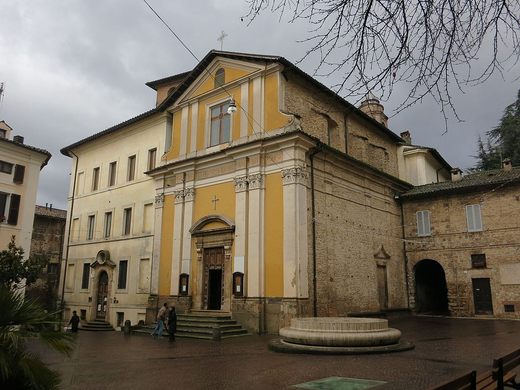
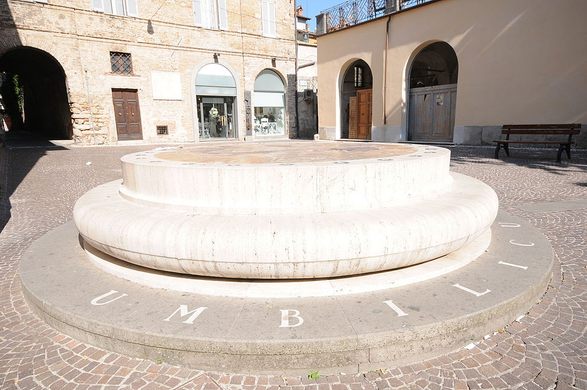

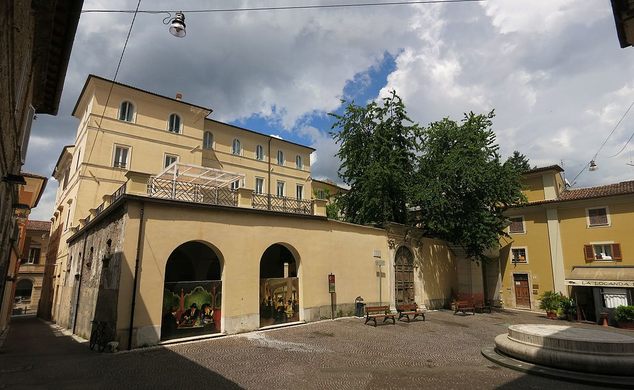



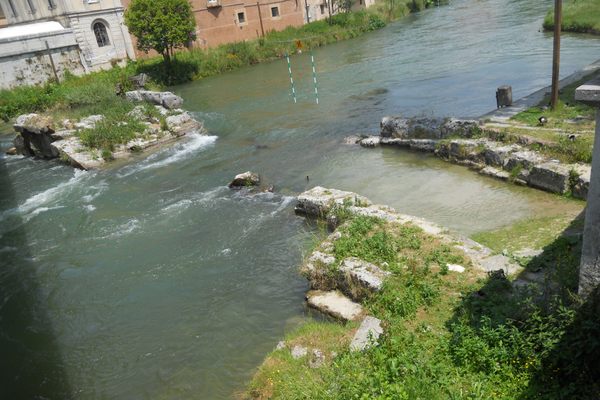
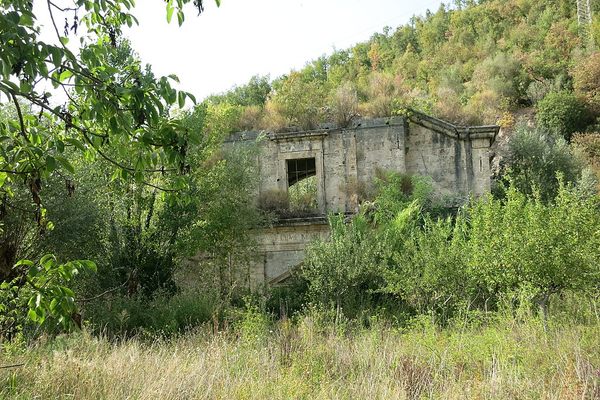







Follow us on Twitter to get the latest on the world's hidden wonders.
Like us on Facebook to get the latest on the world's hidden wonders.
Follow us on Twitter Like us on Facebook